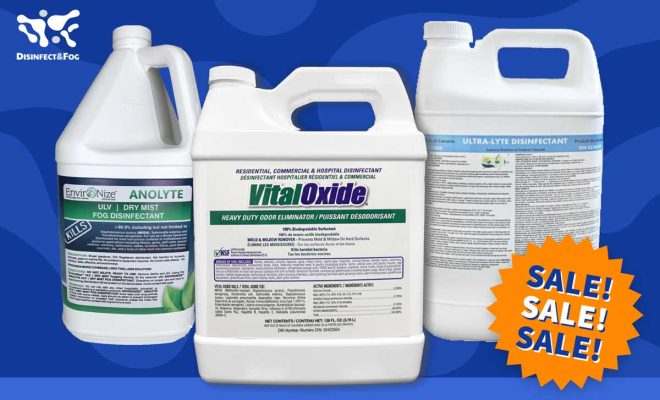Types of Disinfectants: How to Make the Best Choice for Facilities

Introduction
Disinfectants are substances used to destroy and inactivate pathogens including bacteria, viruses, and fungi on surfaces. They play a crucial role in maintaining the cleanliness and safety of facilities such as homes, offices, hospitals, and industrial spaces. With numerous types of disinfectants available in the market, choosing the right one can be challenging. In this article, we will discuss different types of disinfectants and provide guidance on how to make the best choice for your facility.
1. Alcohol-based Disinfectants
Alcohol-based disinfectants are widely used due to their effectiveness against a wide range of microorganisms. They contain ethanol or isopropyl alcohol, which act rapidly on pathogens by breaking down their cell walls and protein structures. These disinfectants are suitable for use on hard, non-porous surfaces and can be found in forms such as wipes, sprays, and gels. They are commonly used in healthcare settings, offices, and gyms.
Pros:
– Fast-acting
– Effective against many pathogens
– Evaporates quickly, leaving no residue
Cons:
– Damaging to some materials like rubber and plastic
– Flammable
– Not effective against spores
2. Quaternary Ammonium Compounds (Quats)
Quats are another popular choice for facility cleaning due to their broad spectrum of efficacy against bacteria, viruses, and fungi. These disinfectants work by disrupting cell membranes and denaturing proteins within microorganisms. Quats are often combined with detergents to enable better cleaning action on surfaces such as floors, countertops, and restrooms.
Pros:
– Effective against a wide range of pathogens
– Non-corrosive to metal surfaces
– Low odor
Cons:
– Less effective against some viruses
– Can cause respiratory irritation if not properly diluted
3. Hypochlorite-based Disinfectants
Hypochlorite-based disinfectants, such as sodium and calcium hypochlorite, release chlorine gas when dissolved in water. This gas is a powerful oxidizing agent that breaks down pathogens’ cellular structures, making it effective against bacteria, viruses, and fungi. Chlorine bleach is a hypochlorite-based disinfectant widely used for cleaning surfaces in homes and public spaces.
Pros:
– Broad-spectrum efficacy
– Effective against spores
– Affordable
Cons:
– Corrosive to some metals
– Toxic fumes when mixed with acids or ammonia
– Can damage fabric and colors
4. Hydrogen Peroxide
Hydrogen peroxide is a popular choice for disinfecting due to its eco-friendly nature and effectiveness against a wide range of pathogens. It works through the production of free radicals which attack pathogens’ cellular structures. Commonly found as a liquid solution, hydrogen peroxide can be used for surface disinfection in healthcare settings, laboratories, and food processing facilities.
Pros:
– Environmentally friendly
– Non-toxic when diluted correctly
– Effective against spores
Cons:
– Limited stability over time
– Can bleach some materials
– Less effective against certain bacteria
Conclusion
Choosing the right disinfectant for your facility requires understanding each type’s properties, efficacy, and potential drawbacks. Consider factors such as the type of surfaces being cleaned, the presence of specific pathogens, safety concerns, and cost when making your decision. By selecting the appropriate disinfectant, you can ensure an optimal level of cleanliness and safety in your facility.






